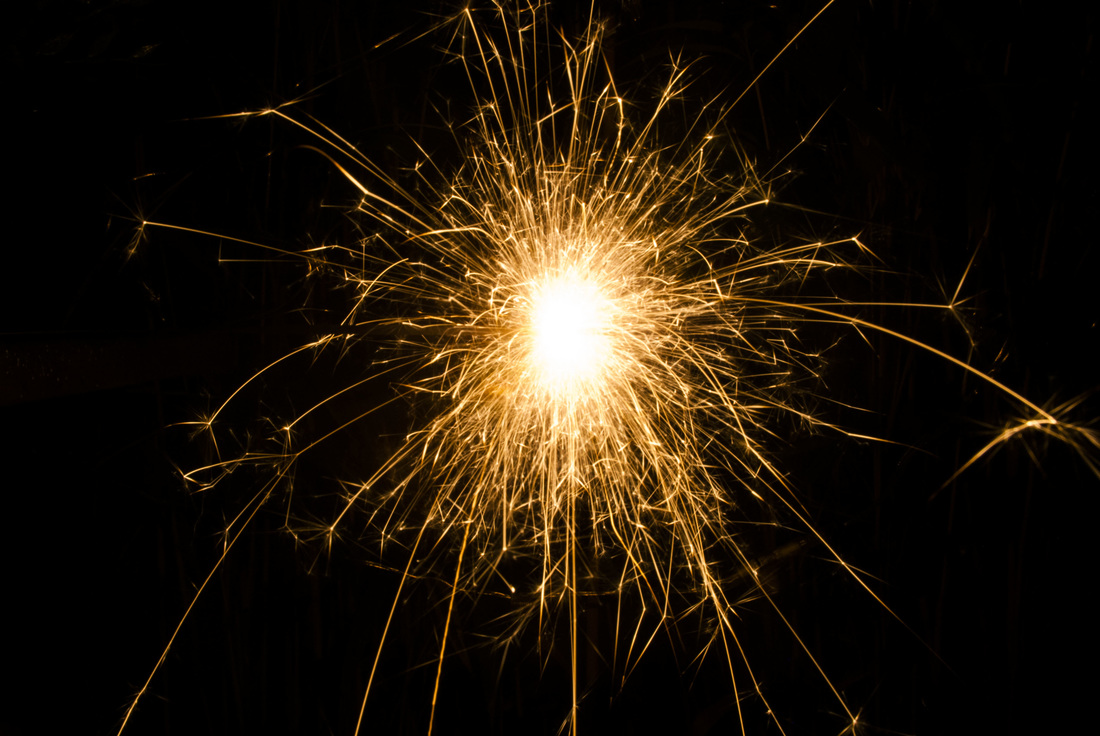Painting with light
Light painting dates back to the late 1800's when Étienne-Jules Marey and Georges Demeny created the first light painting of a tracing of a human in motion. Light painting is a unusual photographic technique that involves the movement of light whilst the cameras shutter is open, either in order to illuminate a subject or moving the camera itself during exposure in order to create different effects. To capture the moving light source that you desire you will need a long exposure. This exposure could be anything from 10 seconds to several minutes depending on how much light you want to expose to youre photograph. Light painting is more effective in the dark and somewhere fairly secluded, in order for you to control the ammount of light you want exposed to the sensor. The technique is used commonly for both scientific and artistic purposes, as well as in commercial photography.
Light painting is commonly produced using handheld lights to selectively illuminate or colour parts of a subject. However a wide variety of light sources can be used, ranging from simple flashlights, candles, matches, fireworks, lighter flints, and glowsticks also proved to be popular. Light painting can imitate characteristics of traditional painting and transparency can easily be achieved by moving, adding or removing lights or subjects during or between exposures.
As well as a slow shutter speed a tripod is usually necessary due to the long exposure times involved. A self timer is generally used in order to minimize camera shake. Color gels can also be used and be placed over various different light sources.
Light painting dates back to the late 1800's when Étienne-Jules Marey and Georges Demeny created the first light painting of a tracing of a human in motion. Light painting is a unusual photographic technique that involves the movement of light whilst the cameras shutter is open, either in order to illuminate a subject or moving the camera itself during exposure in order to create different effects. To capture the moving light source that you desire you will need a long exposure. This exposure could be anything from 10 seconds to several minutes depending on how much light you want to expose to youre photograph. Light painting is more effective in the dark and somewhere fairly secluded, in order for you to control the ammount of light you want exposed to the sensor. The technique is used commonly for both scientific and artistic purposes, as well as in commercial photography.
Light painting is commonly produced using handheld lights to selectively illuminate or colour parts of a subject. However a wide variety of light sources can be used, ranging from simple flashlights, candles, matches, fireworks, lighter flints, and glowsticks also proved to be popular. Light painting can imitate characteristics of traditional painting and transparency can easily be achieved by moving, adding or removing lights or subjects during or between exposures.
As well as a slow shutter speed a tripod is usually necessary due to the long exposure times involved. A self timer is generally used in order to minimize camera shake. Color gels can also be used and be placed over various different light sources.

